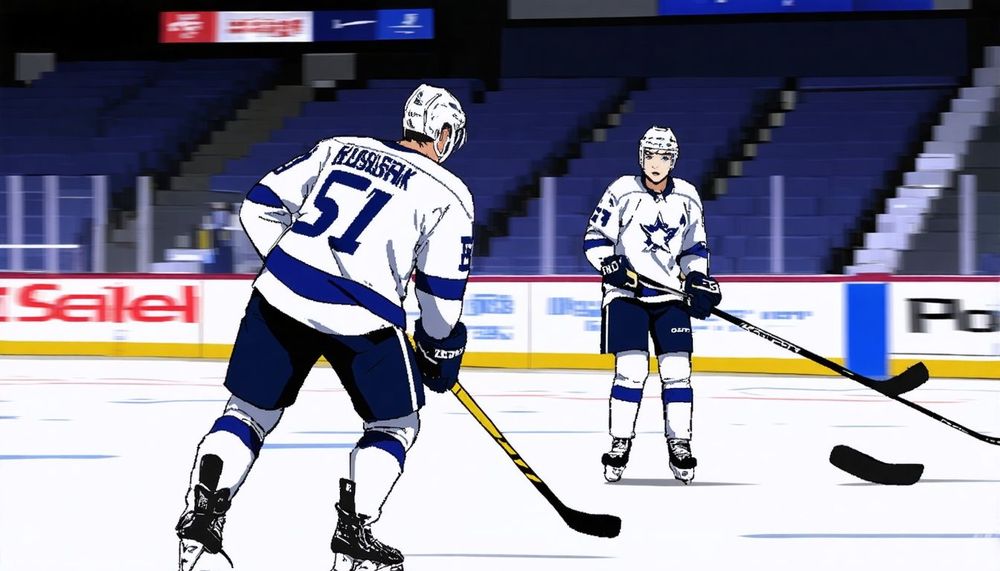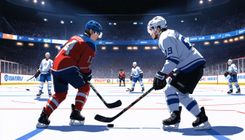Changes in NHL Collective Bargaining Agreement: Implications for Player Development

The current NHL collective bargaining agreement (CBA) is set to expire in September 2026. For those familiar with the sport for over a decade, this news may evoke concerns based on previous negotiations. However, in a notable development, NHL team owners and the NHL Players Association reached a preliminary framework for a new deal during the summer. While the full Memorandum of Understanding for the new CBA has yet to be publicly released, NHL insider Frank Seravalli has highlighted one significant change: each NHL team will now be permitted to assign one 19-year-old prospect to their American Hockey League (AHL) affiliate per season. This change is poised to affect a maximum of 32 players annually, potentially reshaping the developmental landscape for NHL prospects significantly.
Currently, under the Canadian Hockey League (CHL) - NHL agreement, prospects drafted from one of Canada’s major junior leagues—the Ontario Hockey League (OHL), Western Hockey League (WHL), or Quebec Major Junior Hockey League (QMJHL)—face restrictions in terms of assignment to the AHL or ECHL until they either turn 20 years old or complete four seasons in the CHL. Those drafted from other junior leagues before joining a CHL team are exempt from this rule. The new CBA will take effect beginning with the 2026-2027 season, which means its initial impact will likely be felt by players born in 2007. For instance, Vancouver Canucks prospect Braeden Cootes will turn 19 in February 2026; he could potentially be assigned to the Abbotsford Canucks that fall if the Canucks organization deems that his development in the WHL is insufficient.
The age-based assignment rule introduces a new avenue for development, allowing freshly drafted CHL players to bypass returning to junior leagues if they turn 19 immediately after the draft. A prime example is Ryan Roobroeck, a top prospect eligible for the 2026 draft. As a September 2007 birthday, Roobroeck could sign an entry-level contract and participate in his NHL team's development camp, leading to a direct assignment to the AHL rather than a return to the Niagara IceDogs of the OHL. This shift provides players with a crucial alternative development path, filling a long-voiced need across the hockey community. A decade prior, the benefits of such an option were highlighted in discussions around players like Dylan Strome, who were unfortunately caught in a limbo of being too advanced for junior hockey yet not ready for the NHL. The absence of this development pathway has previously hindered players' growth, as seen in Strome's early career struggles. Recent examples, including Cole Perfetti's assignment to the Manitoba Moose and an exception granted to Shane Wright for the Coachella Valley Firebirds, showcase how the new rules could enhance player development strategies and mitigate the disadvantages posed by returning to junior hockey, which often does not provide the appropriate challenges for elite players.









